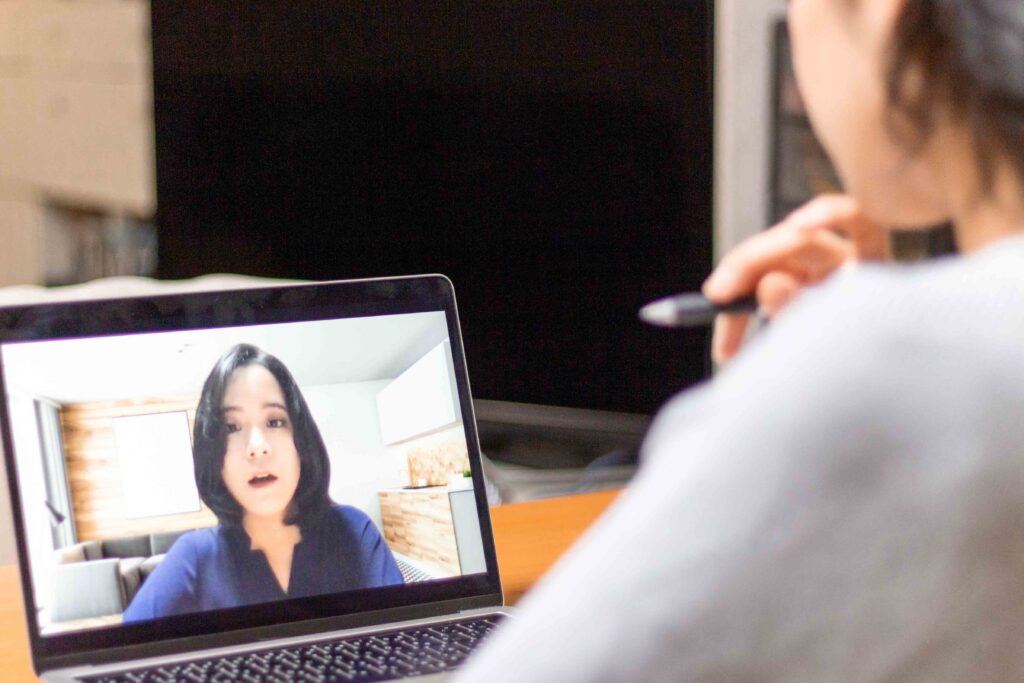In today’s world, global projects require flexibility and quick action. Due to time constraints, they often lead international projects to use standardized research tools, even for qualitative research. However, these tools may not effectively capture subtle or nonverbal communication in high-context cultures like Japan. Our assistance enabled a global research project to gather insights from implicit consumer communication without hindering their progress.
The Context
A global company wanted to conduct consumer interviews to get insights into how consumers use personal hygiene products. They have already undertaken consumer interviews in Europe and the United States. They tried to understand users’ current habits and test their prototypes’ potential.
The Challenges
#1. Global standardization versus local nuances
While the standard interview guide listed essential questions to meet the research objectives, the interview questions were too straightforward for Japanese consumers to respond honestly. For example, “why” questions sound pushy for some Japanese consumers because they cannot explain the why. Therefore, it was not a matter of translation quality; it was asking the respondents questions to get the correct answers.
#2. Impossible to do face-to-face interviews during the Covid-19 pandemic
Usually, we conduct interviews in person. The in-person interviews typically give us non-verbal information such as facial expressions and body language. However, the COVID-19 pandemic made it challenging to meet consumers in person to avoid the possibility of virus infections.
The Solution Approaches
#1. Culturally-Tailoring Global Interview Guide
First, the client briefed us on the research objectives and meanings behind each interview theme and question. Then, we tailored the standard guide with the respondents’ potential responses in mind. For example, we rearranged “why” questions about the current habits to ask them about their daily life stories. In addition, to get the client’s information from the respondents, we asked probing questions to guide the respondents in speaking about relevant information by exploring key points. We confirmed such changes in adaptations to the client before the interviews.
#2. Attention to talk rhythms and tones in online interviews
We conducted online interviews by connecting the respondents in their houses to avoid human contact. We closely paid attention to the respondents’ subtle non-verbal signals in the online discussions. For example, when a respondent hesitated to answer negative responses, she giggled to hide her negative feelings about the prototype. In this situation, our moderator created a safe environment to make negative comments by giving a soft voice. Overall, respondents were more relaxed during the online interview from home than in-person interviews in unfamiliar interview rooms.
#3. Communicate findings and insights
In addition to gaining high-quality consumer insights, communicating insights to our clients is crucial for high-quality outcomes. Therefore, we debriefed the key insights and emotions of the respondents objectively and descriptively to the team. We then gave both written reports and oral presentations. Furthermore, we answered follow-up questions.
The Outcome
The project team incorporated the findings into their prototype improvements.
